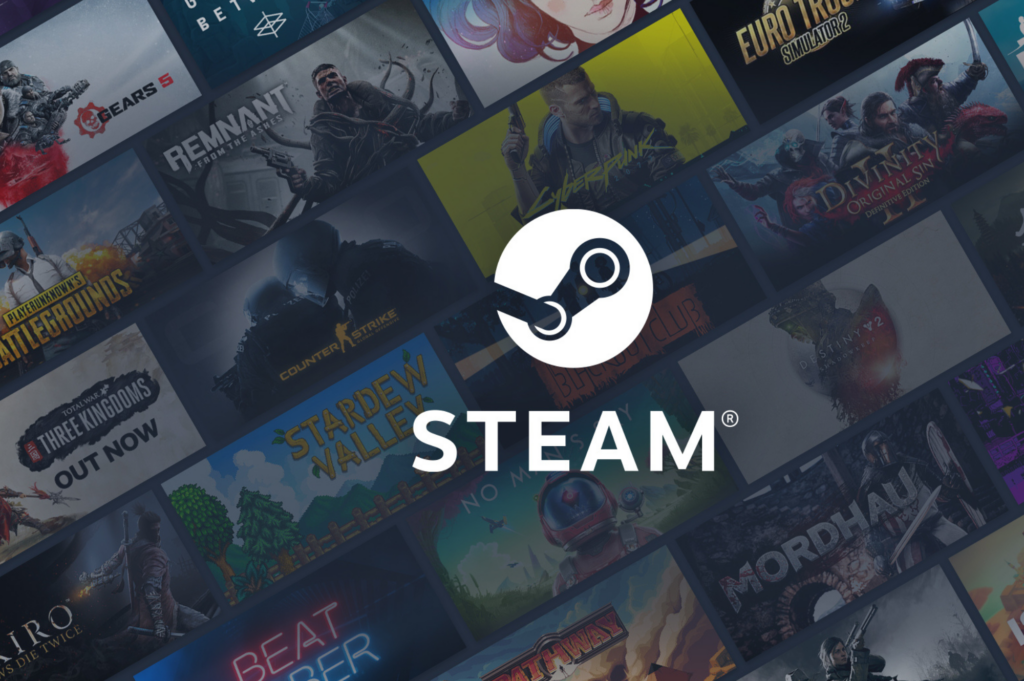How Much Does it Cost to Put a Game on Steam: Expert Insights

The gaming industry has experienced rapid growth over the last decade, and platforms such as Steam have become major players in the distribution process.
One of the most common questions developers often ask is how much it costs to put a game on Steam. In this article, we will discuss the associated costs and requirements for publishing a game on this popular platform.
How Much Does it Cost to Put a Game on Steam: Cost Breakdown
Steam Direct Fee
The primary fee associated with publishing a game on Steam is the Steam Direct Fee. This is a one-time registration fee of $100 for each game submitted through the Steam Direct program. The fee is non-refundable; however, developers can recoup it once their product generates at least $1,000 adjusted gross revenue from the Steam Store and in-app purchases.
Revenue Sharing Model
Steam’s Share
Steam utilizes a tiered revenue sharing model for game developers. For the initial $10 million in sales, Steam takes a 30% cut. When a game’s sales reach between $10 million and $50 million, the revenue share decreases to 25%. For sales exceeding $50 million, Steam’s cut is reduced further to 20%.
It’s important to note that Steam also requires developers to pay a $100 upfront fee when submitting a game, known as the Steam Direct Fee. This fee is charged on a per-game basis, and developers must pay this amount every time they wish to put a new game on the platform.
Developer’s Share
The developer’s revenue share is determined using the aforementioned tiered model. To recap:
- For the first $10 million in sales, developers receive 70% of the revenue.
- For sales between $10 million and $50 million, developers earn 75% of the revenue.
- For sales exceeding $50 million, developers receive an increased share of 80% of the revenue.
In summary, the more successful a game becomes on Steam, the larger the revenue share allocated to the developer.
Requirements for Publishing a Game on Steam
Software Compatibility
Before publishing a game on Steam, developers must ensure that their game is compatible with Steam’s platform. This includes making sure the game runs smoothly on Windows, Mac, and Linux systems. It’s essential to thoroughly test the game on all supported operating systems, as players using different platforms will have varying experiences.
Submission Fee
As mentioned above, to publish a game on Steam, developers need to pay a submission fee of $100 through Steam Direct. This fee is applied for each product a developer wishes to sell on the platform and can be paid using various payment methods, excluding Steam Wallet.
Legal Requirements
In addition to the software compatibility and submission fee, there are several legal requirements developers must comply with to have their game published on Steam. These include:
- Providing accurate and up-to-date company information
- Agreeing to Steam’s Distribution Agreement
- Acquiring necessary game ratings, if applicable
- Ensuring no copyright or trademark infringement issues
By complying with these requirements, developers can streamline the process of publishing their game on Steam and ensure a smooth launch for their product.
Alternatives to Steam
Although Steam remains a dominant force in the world of digital game distribution, an increasing number of viable alternatives are emerging that offer competitive revenue splits, unique user bases, and various tools for developers.
For game creators looking to diversify their distribution methods, or for those who want to explore platforms that may better align with their game’s specific target audience, these alternatives can be instrumental. Here are some of the most popular ones:
1. Epic Games Store
Launched in late 2018, Epic Games Store has emerged as a significant contender to Steam’s dominance. Notable for its more developer-friendly revenue split of 88/12 compared to Steam’s 70/30, the platform offers developers a greater share of their game’s profits. Epic Games Store also hosts exclusivity deals, allowing developers to reach an engaged and dedicated player base.
2. itch.io
Itch.io is a platform that champions indie game developers. It offers a “pay-what-you-want” model and allows developers to set their revenue split with the platform. This flexibility, combined with an engaged community of indie game fans and an open marketplace for both free and paid content, makes itch.io an appealing alternative.
3. GOG (Good Old Games)
GOG.com is a digital distribution platform with a customer-centric approach, renowned for its stance against DRM (Digital Rights Management). GOG offers a curated selection of games, and while getting a game on the platform can be more challenging, its consumer trust and unique offerings, like the commitment to classic games, can make it worthwhile.
4. Microsoft Store
As part of Microsoft’s push into the gaming space, the Microsoft Store offers game developers a platform with a large user base, given its integration into every Windows 10 PC. It recently adjusted its revenue split to match that of the Epic Games Store, offering developers an 88/12 split.
5. Humble Store
The Humble Store, famous for its “Humble Bundle” deals, is a platform that allows developers to contribute to charity with their game sales. The store takes a 25% cut, with 5% going to charity. The remaining 70% goes to the developer. A presence on the Humble Store ensures some goodwill from gamers who appreciate their contributions to charitable causes.
6. Game Jolt
Game Jolt is another platform aimed at indie developers, with a community-driven focus. Developers can choose their revenue split with the platform, starting from a minimum of 30% going to Game Jolt. It also features a social network structure, allowing developers to engage directly with their players.
Each platform has its unique strengths and potential drawbacks. Developers should consider their specific needs, their game’s genre and audience, and the financial models of each platform when deciding which alternatives to Steam might be most suitable for their games.





